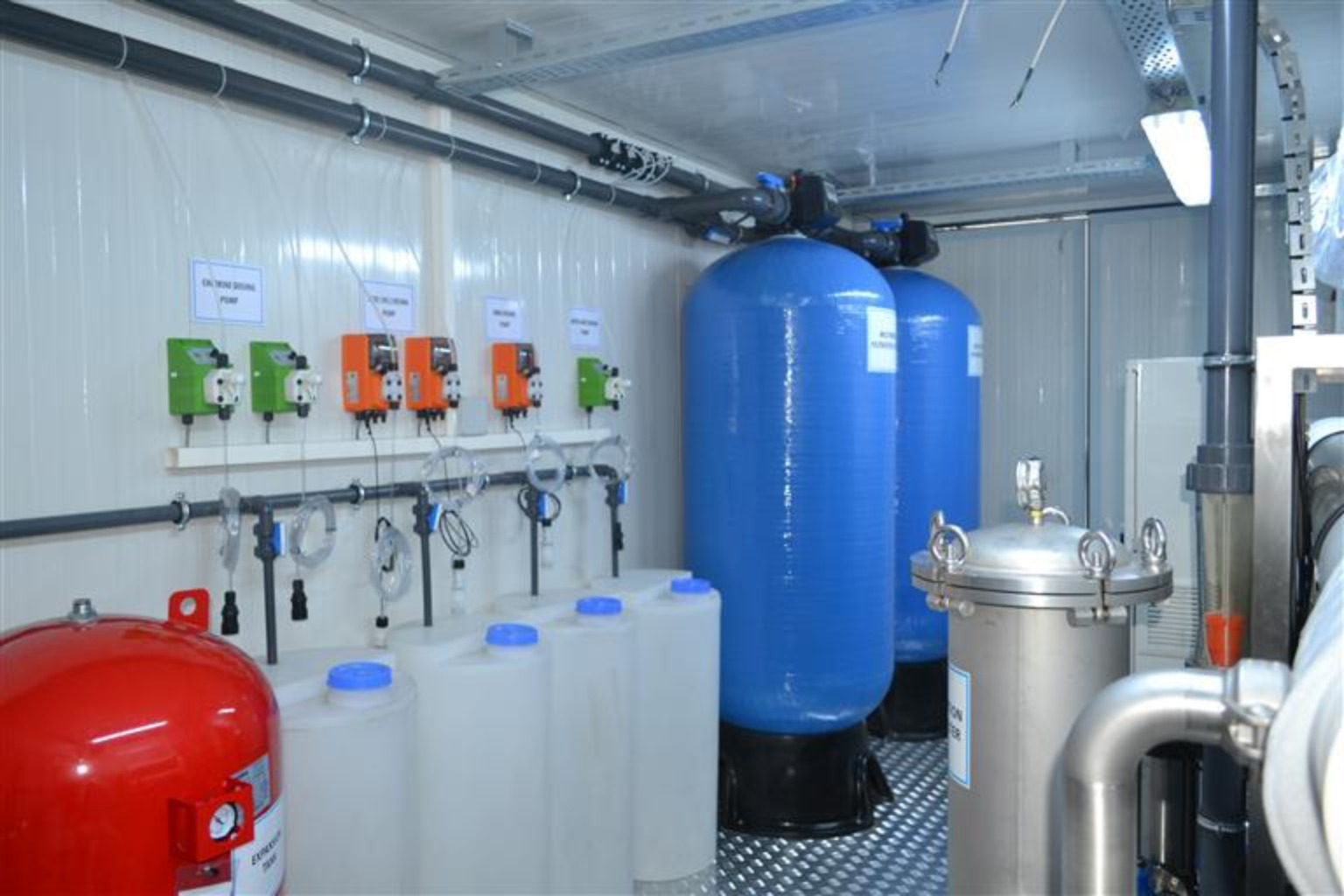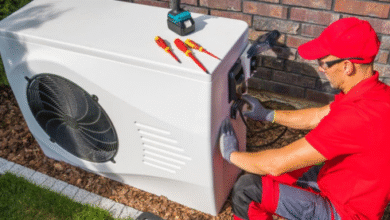If you’ve ever taken a sip of tap water and thought, “This tastes a little… pool-like,” you’re not imagining things. Chlorine is often added to public water supplies because it’s cheap, reliable, and effective at killing harmful bacteria. The problem is, what works well for disinfection doesn’t always make for the tastiest or healthiest glass of water. Over time, that chemical tang and smell can wear on you—and more importantly, chlorine isn’t entirely harmless.
So, if you’ve been on the fence about upgrading your water setup, here’s why it might be time to take chlorine reduction seriously.
The double-edged sword of chlorine in water
Chlorine has played a huge role in reducing waterborne diseases. Without it, outbreaks of cholera, typhoid, and other nasties would be far more common. But here’s the thing: once chlorine has done its job of killing germs at the treatment plant, it continues traveling with the water all the way to your faucet.
That lingering chemical presence means you’re still ingesting it daily—through drinking, cooking, and even showering. And while trace levels are considered “safe,” many researchers argue that long-term exposure may increase risks of certain health issues, not to mention the aesthetic downside of flat-tasting, chemical-smelling water.
It’s no wonder people are increasingly turning to a chlorine reduction water system as a way to keep the benefits of treated water while ditching the side effects.
Taste, smell, and the comfort factor
One of the first things people notice after filtering chlorine out of their water is the difference in taste. That odd sharpness? Gone. Coffee tastes richer, tea feels smoother, and even simple pasta or rice cooked in filtered water has a cleaner flavor.
It’s not just about taste, either. The smell of chlorine can be just as off-putting. Ever turned on the shower and been hit with that unmistakable chemical scent? Removing chlorine can transform the experience, making showers feel fresher and more spa-like instead of reminiscent of a swim lesson.
A chlorine filter for home isn’t a luxury gimmick—it’s a quality-of-life improvement that most people don’t realize they’re missing until they try it.
Health considerations beyond the obvious
Let’s be clear: chlorine isn’t poison. At regulated levels, it’s far less dangerous than the bacteria it’s designed to eliminate. That said, there are some nuances worth knowing.
When chlorine reacts with organic matter in water (like natural debris or microscopic particles), it can create byproducts known as trihalomethanes (THMs). Long-term exposure to high levels of THMs has been linked in studies to potential health risks, including certain cancers.
On top of that, chlorine can dry out your skin and hair. If you’ve ever wondered why your skin feels tight after a shower or why your hair feels a little straw-like, chlorine may be partly to blame. People with eczema or sensitive skin often find huge relief once they take steps to remove chlorine from tap water in their homes.
The options on the table
The good news is you don’t need to overhaul your plumbing system to start cutting chlorine out of your life. There are several accessible solutions, depending on your goals and budget.
- Pitcher filters: Simple and inexpensive, though they require frequent cartridge changes. Great for renters or small households.
- Faucet attachments: Easy to install and remove. They filter right at the tap, though water flow can sometimes feel slower.
- Shower filters: Targeted for people concerned about skin and hair health.
- Whole-home filtration systems: The more serious investment. These units connect to your main water line, ensuring that every faucet, shower, and appliance in your house gets chlorine-free water.
For families or anyone planning to stay put for a while, whole-home systems often deliver the best long-term value.
A small step with a big payoff
We live in a world where convenience often trumps everything else. It’s easy to accept the water that comes out of the faucet as “good enough.” But once you make the switch to filtered water, it’s surprising how quickly your standards change.
Drinking water becomes more enjoyable. Showers feel better. Food tastes subtly but noticeably improved. And for many, peace of mind—knowing you’re minimizing unnecessary exposure to chemicals—might be the biggest benefit of all.
A lot of homeowners describe it the same way: they didn’t realize how much chlorine was affecting their daily life until it was gone.
The bottom line
Clean water isn’t just about removing dirt or bacteria—it’s about creating an experience that’s safe, enjoyable, and supportive of your health. Chlorine did its job getting us here, but that doesn’t mean we have to keep living with its aftertaste.





